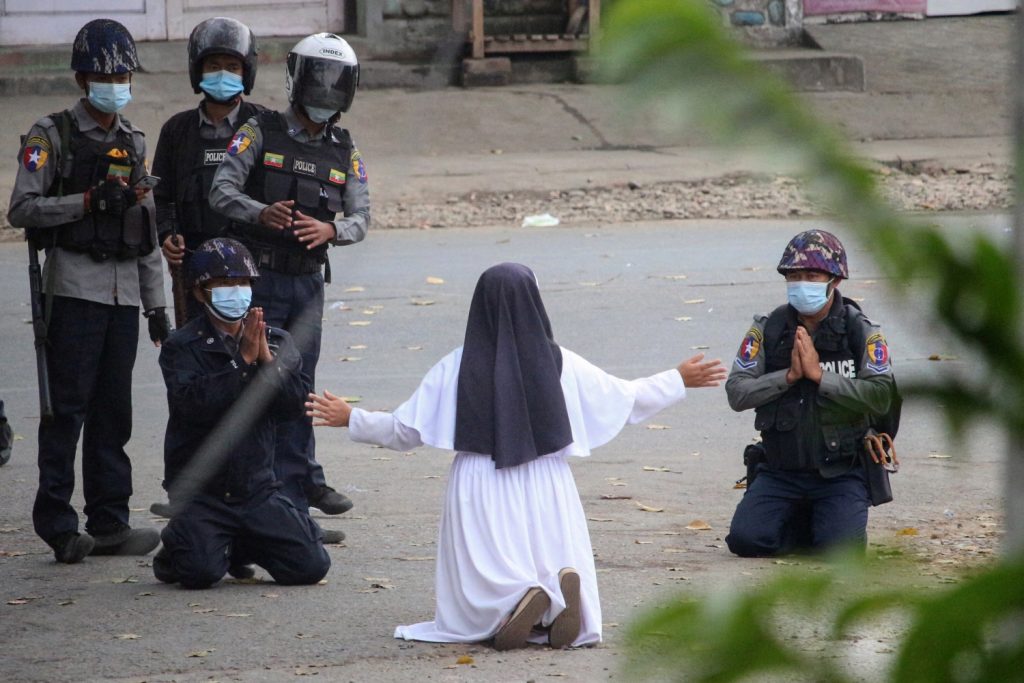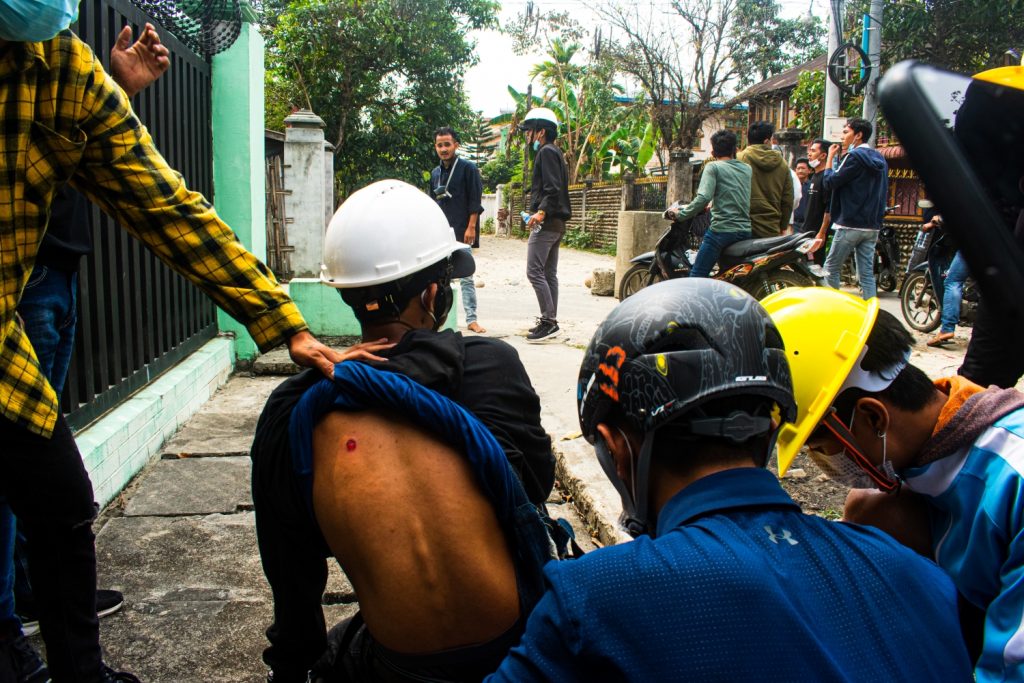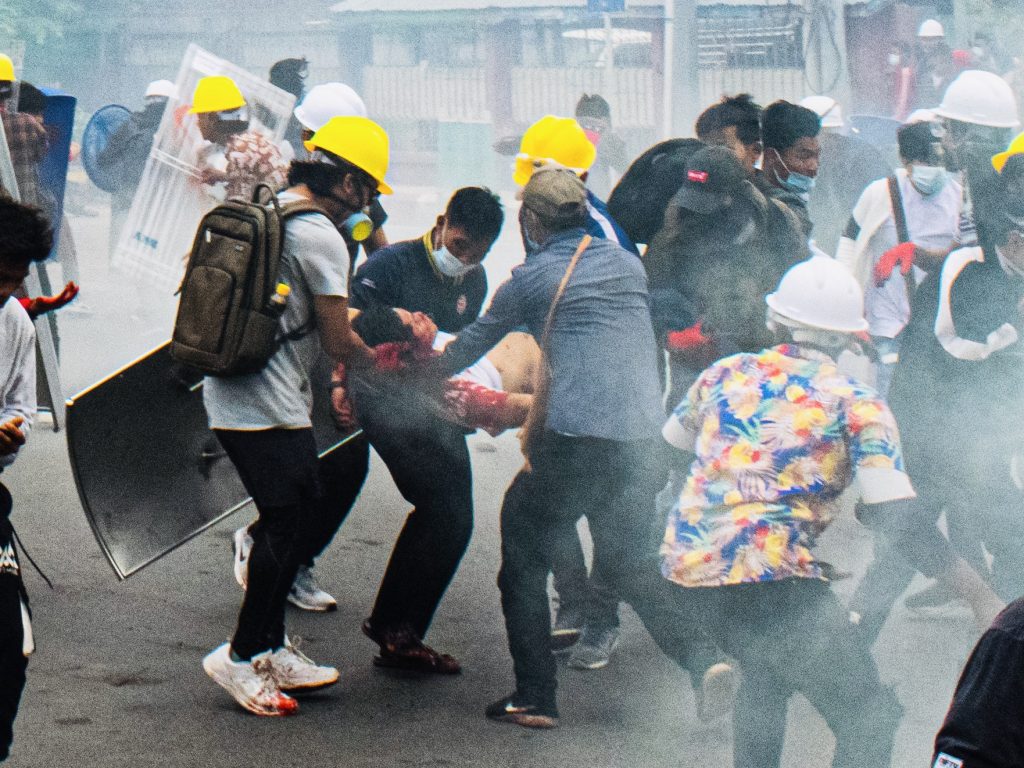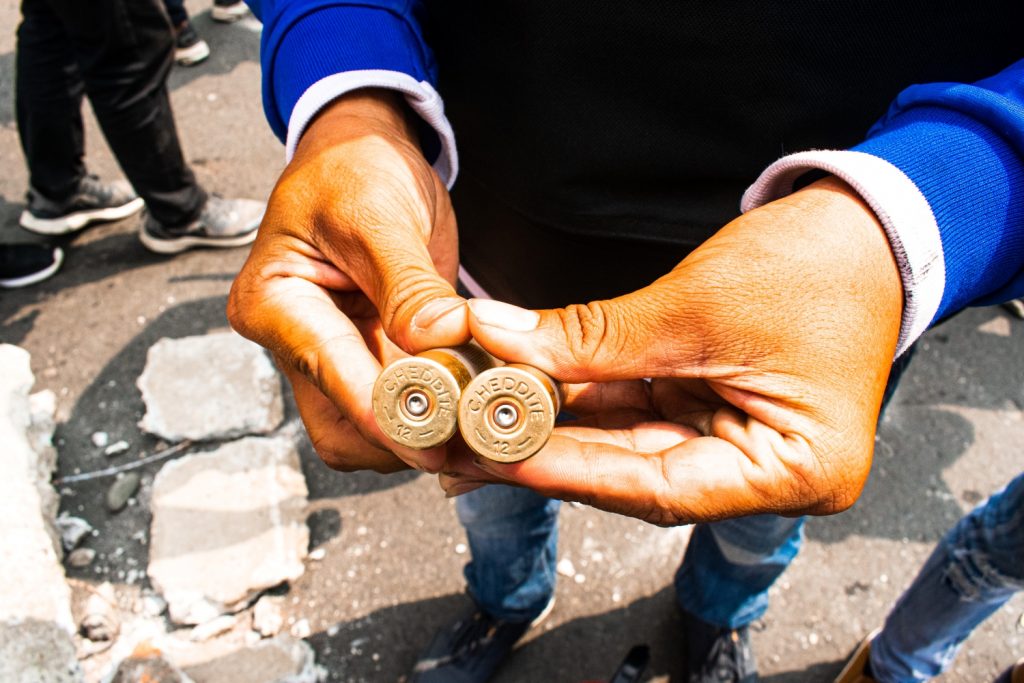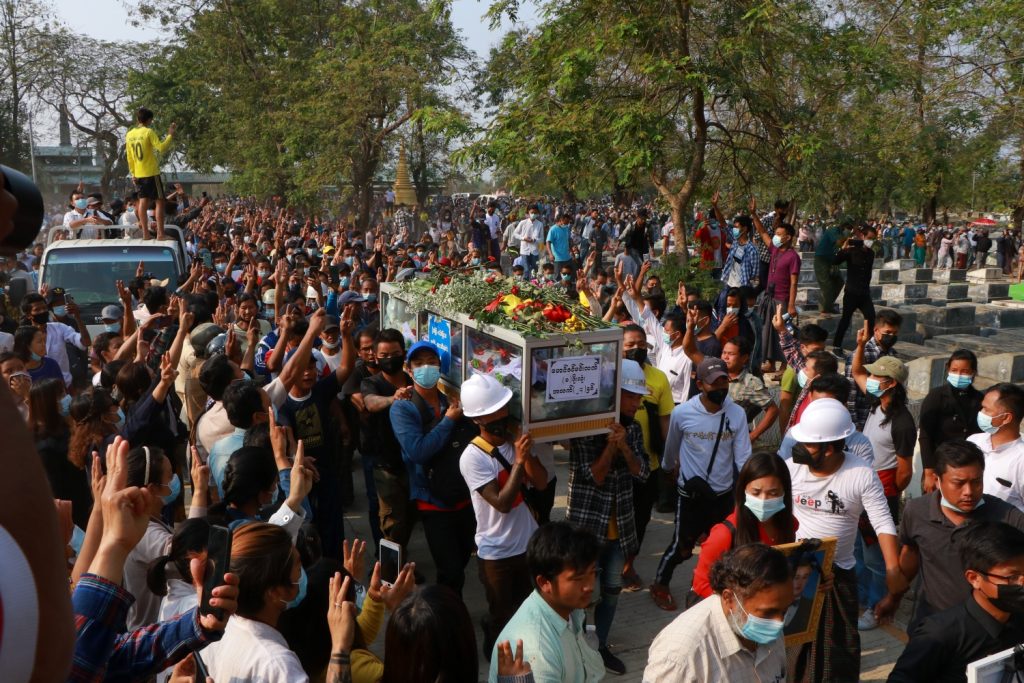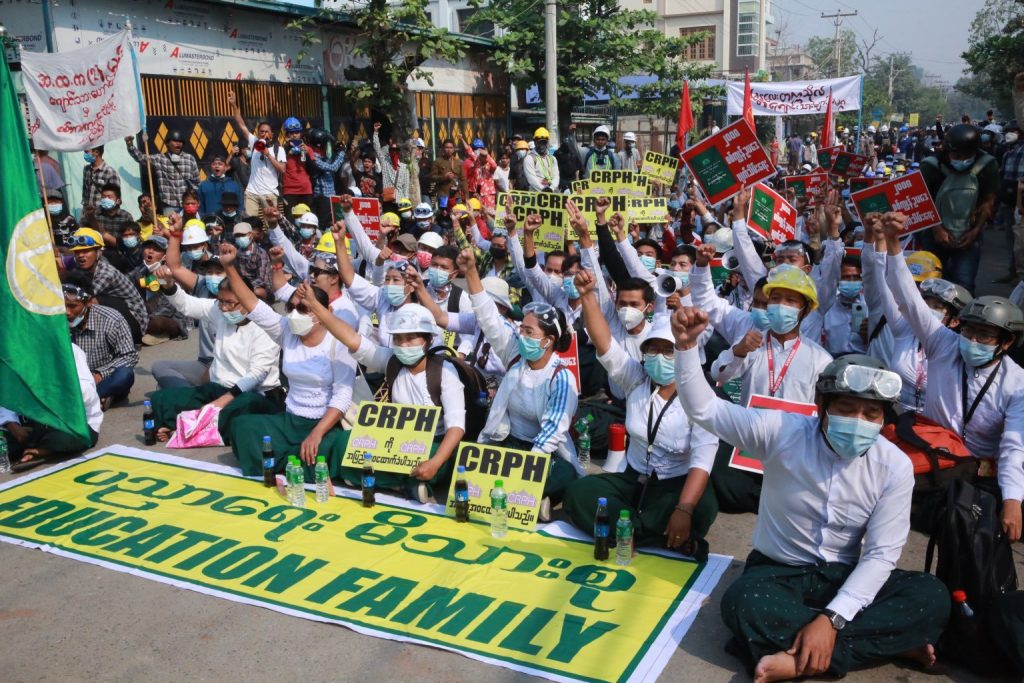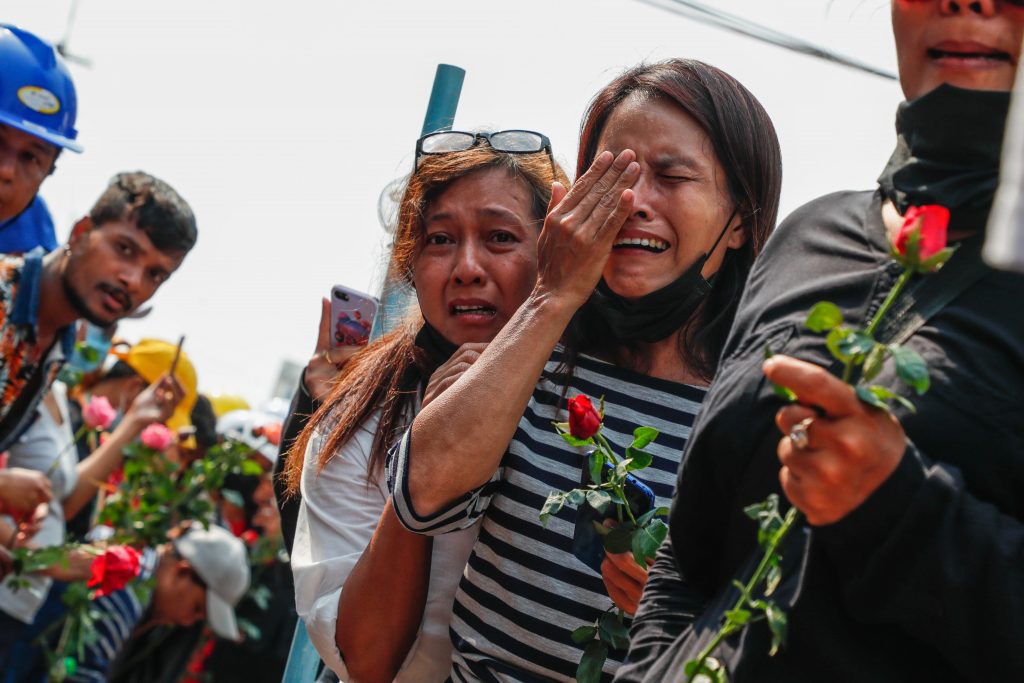SYDNEY — Heidi Marshall from Membertou First Nation remembers watching her father play the game of waltes when she was a child.
She says he was known as one of the best waltes players in Unama’ki and would often bring her along to elders’ homes for a game. But she says because of the way Mi’kmaq cultural traditions were perceived then, she never learned to play.
“I grew up in the '60s, so you have to remember the ban on traditional ceremonies was just lifted in 1951, so people were probably still scared because (the federal government) considered it witchcraft and we weren’t allowed to play it for so long," said Marshall.
An 1895 amendment to The Indian Act, originally written by the federal government in 1876, banned all Indigenous ceremonies and cultural practices including waltes.
This provision was in place for close to 75 years and amounted to a disruption in the passing down of cultural knowledge, traditions and oral history. The government confiscated the waltes games and people were sometimes charged for possessing them illegally, so people would keep their waltes bowls hidden.
The residential school system and Indian day schools further repressed Indigenous cultures and the children were punished if they were caught speaking their own language or practising their traditions.
“Colonization really had a big effect on our people at that time. You look at, like Membertou had Indian day school, there were residential schools so when I grew up that was still so close so I’m here to learn (waltes) now. I’m reaching 60 so it’s important for me to start learning this so I can pass it down to my grandkids,” said Marshall.
She sits quietly, watching two other women play the game. The women take turns raising a wooden bowl (waltestaqnoqwan) into the air and slamming it down onto the table.
The six small white dice (waltestaqank) inside the bowl fly into the air and land with either their patterned side or blank side facing up. The women burst into laughter and yelling as they count up the score from that round.
Cindy Poulette is leading the group through the game, pausing to explain the rules especially the complicated counting. The score is kept using wooden sticks — 51 plain straight sticks, three sticks with three notches on one side called the "old women" (kisikui’skaq) and one "old man" (kisiku) with three notches on both sides.
RESILIENCY PROJECT
These waltes lessons are part of the Waltes Resiliency Project, a 10-week program at the Jane Paul Indigenous Resource Centre in Sydney.
It is the first time Poulette has taught waltes. She has been playing the game since she was a child. She learned from her mother Madeline Poulette, who's taught thousands of people how to play waltes over the years. Now that her mother is getting older, she says it’s her turn and she’s happy to do it.
“I think it’s really important to bring our games back, bring our culture back and to pass it down, pass down our traditions and culture and what was lost to us, what we weren’t able to do and instil that pride in our people," said Cindy Poulette.
Krissy Cabot from Wagmatcook First Nation wants to learn the rules so that she can teach her 17-month-old grandson how to play. She’s already given him his own hand drum and says she’s trying to immerse him in Mi’kmaq culture as much as she can.
All 10 participants in the Waltes Resiliency Project will go home with a waltes game — the dish, the six dice and the counting sticks. Cabot is most excited about this aspect of the program. She learned the basics of waltes a few years ago but hasn’t had much opportunity to practise because she doesn’t have a board at home.
Normally, waltes is played — and learned — at powwows and other cultural ceremonies but under COVID-19 restrictions social gatherings, something fundamental to Mi’kmaq culture, have been severely limited so these lessons offer a chance to learn in a small group setting.
Karen Bernard is the director of the Jane Paul Indigenous Resource Centre in Sydney. She says the centre received $10,000 from the Nova Scotia Health Authority for the Waltes Resiliency Project as part of the community health board’s wellness funding.
“The reason I chose waltes is because it has wellness, mental and physical fitness," said Bernard. "You’re getting excited, your brain is releasing those endorphins and you’re getting a cardio workout and it’s empowering.”
RELIEVE STRESS
Cindy Poulette agrees and says it’s a good way to relieve stress in a light-hearted way.
“When you play it’s fun and you laugh and you forget about everything because you want to win and it’s really competitive and there’s no judgment here."
That’s especially important at the Jane Paul Centre, which provides supports and services primarily for off-reserve Mi’kmaq women living in Sydney, away from the supports of their home communities. These circumstances can put the women at a higher risk for experiencing violence, homelessness, poverty, addictions and mental health issues.
Bernard says this project is just one of the ways that the centre is trying to help the women heal and grow.
“The project is for women that are directly impacted by generational trauma and that’s everyone in our communities, there’s no one that hasn’t been impacted by the history of colonization, the history of residential schools, the Indian day schools, we’ve all survived that," said Bernard. "How we’re dealing with that varies, some of us are stronger and some of us are having a harder time and need some help getting through life.”
This workshop is part of the Jane Paul Centre’s revitalization after being closed down for close to a year. The centre reopened at the end of September, in the midst of COVID-19, and Bernard has had to figure out how to make the centre a welcoming, open place for women while also following social distancing regulations and limiting gatherings to a maximum of 10 people.
The solution has been, in part, a more structured organization with a full calendar of programs such as this one.
Bernard says when she was planning out the programming she knew elders, “the grandmothers” as she calls them, would be at the heart of everything they do.
“Every time we do something cultural, we have a grandmother present and so when they come in and talk to the women, what they’re teaching is experience, life stories and how they survived.
"Some of these grandmothers had wicked lives, some of them have been shot at, some of them have been addicts, some of them have been abused, but then at the same time, they become this wonderful elder with all this knowledge.”
Bernard says the centre is planning to host another waltes program once this one is finished since the response was so positive.
She hopes that the women will take what they learn and run with it and that with 10 new waltes games — and women that know how to play — there will soon be plenty of opportunities for people to play and learn.
 Mi'kmaw Daily Life - The Game of Waltes
Mi'kmaw Daily Life - The Game of Waltes
Waltes is a kind of dice game thought to be of pre-Columbian origin. Although it is still played today, skilled players are increasingly rare. The game is played on a circular wooden dish called a waltestaqn ('wall tess stah ahn') which is about twelve inches in diameter, hollowed to three-quarters of an inch at its centre. It is usually made from a hardwood burl, whose non-directional wood ...
 The Game of Waltes - Cape Breton University : Cape Breton ...
The Game of Waltes - Cape Breton University : Cape Breton ...
The Game of Waltes. Waltes, also called woltestakun or altestakun is a kind of dice game thought to be of pre-Columbian origin. It is played on a circular wooden dish (usually of rock maple) about twelve inches in diameter, hollowed to three-quarters of an inch at its centre. There are six dice made of caribou bone with flat faces and rounded sides; one face being plain, and the others bearing ...
 Waltes Game - Hudson Museum - University of Maine
Waltes Game - Hudson Museum - University of Maine
Waltes: A Northeastern Native American Bowl Game Waltes was a traditional game played by the Passamaquoddy, Penobscot, Maliseet and Micmac. This version of the game is adapted from information found in Frank G. Speck’s Penobscot Man (1940) and Stewart Culin’s Games of the North American Indians (1907). The game rules have been simplified to allow …




















